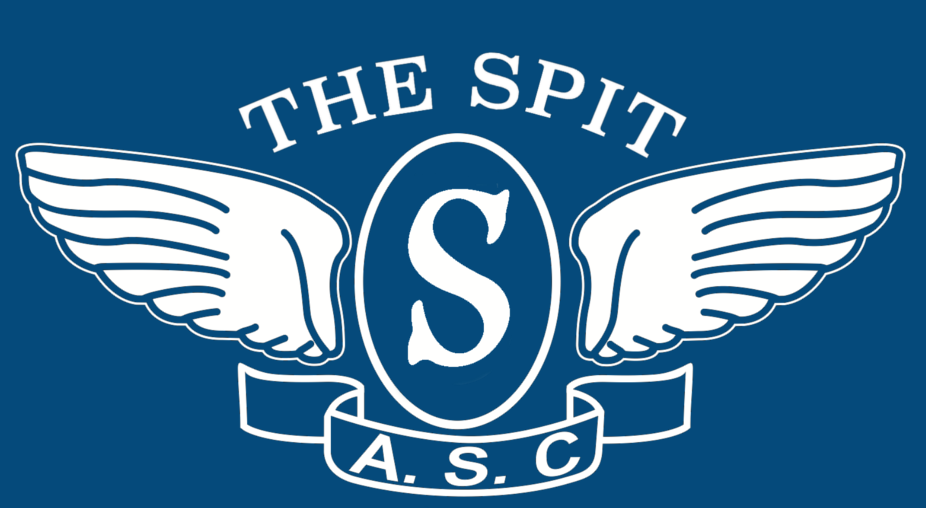Despite their best intentions, board members may occasionally become disengaged from their crucial oversight responsibilities. This is often due to poor group dynamics like rivalries, the dominance by a handful of directors, and poor communication that prevents the board from engaging in the collective decision-making process necessary for effective decision making.
The board may also not create the right internal structures to help carry the responsibilities of assessing performance. This usually means establishing committees or officer positions whose duties include gathering, analysing and bringing evaluation results to the board for discussion. It is highly unlikely that the board will be able to effectively oversee these aspects if they’re given to the CEO and management team.
The board will likely not be able to judge the overall performance of its company if they don’t take into account behavioural factors when evaluating the individual director’s contributions. This results in a routine process that is carried out to satisfy listing requirements, or to make a statement http://www.boardroompro.net/5-organizational-assessment-tools-for-nonprofits/ to good governance.
There are plenty of ways boards can boost their performance and ensure they’re fulfilling their fiduciary responsibilities. Concentrating on the high-quality human interactions in the boardroom is the first step. This can be accomplished by ensuring that the board is flexible, resilient and strategic in its nature. It is equally important to have the appropriate mix of experience and abilities, which includes gender diversity. This allows the board a greater variety of perspectives and allows them to better address important issues. This allows the board to create a more collaborative environment that encourages open communication and different perspectives.
